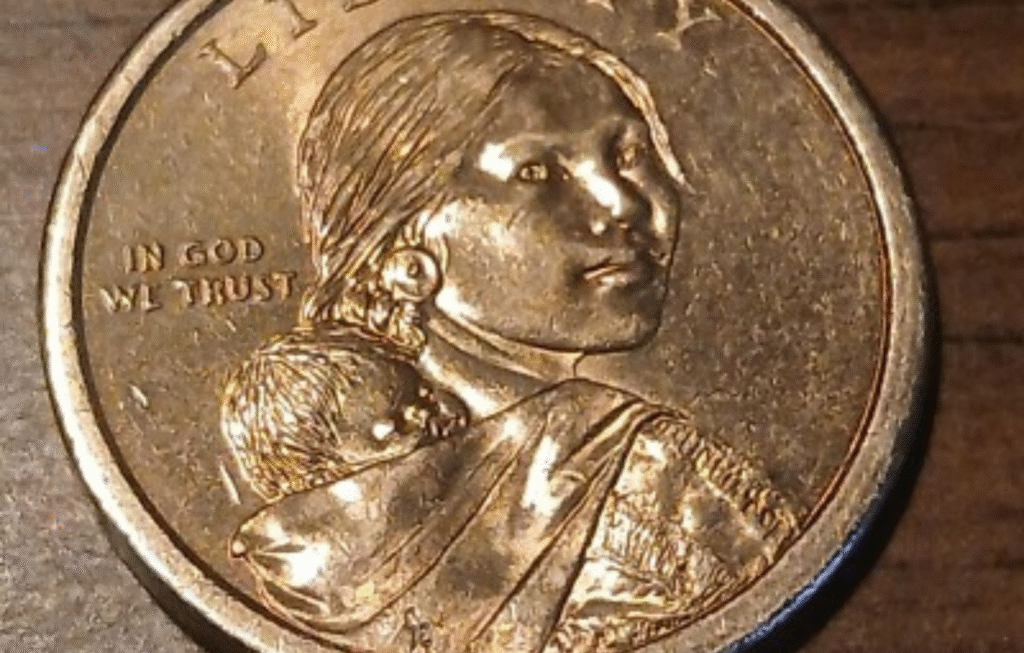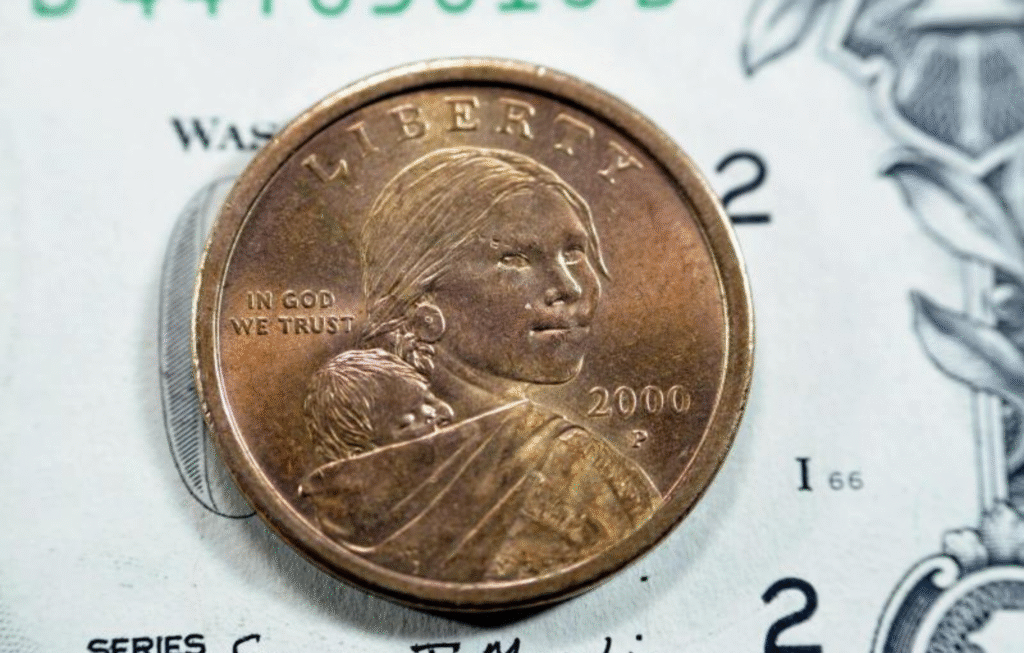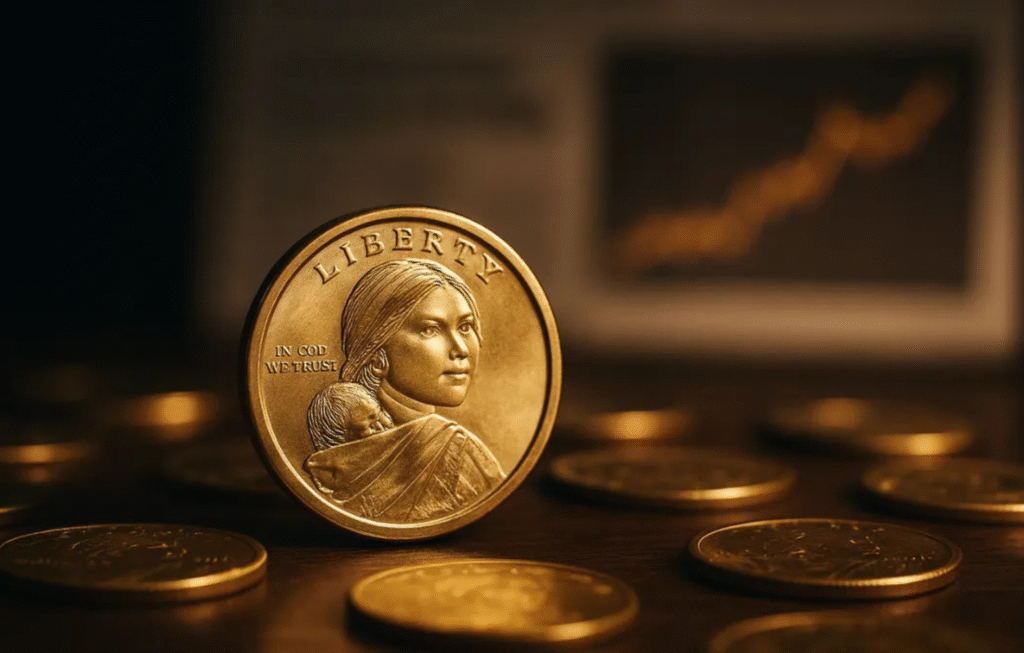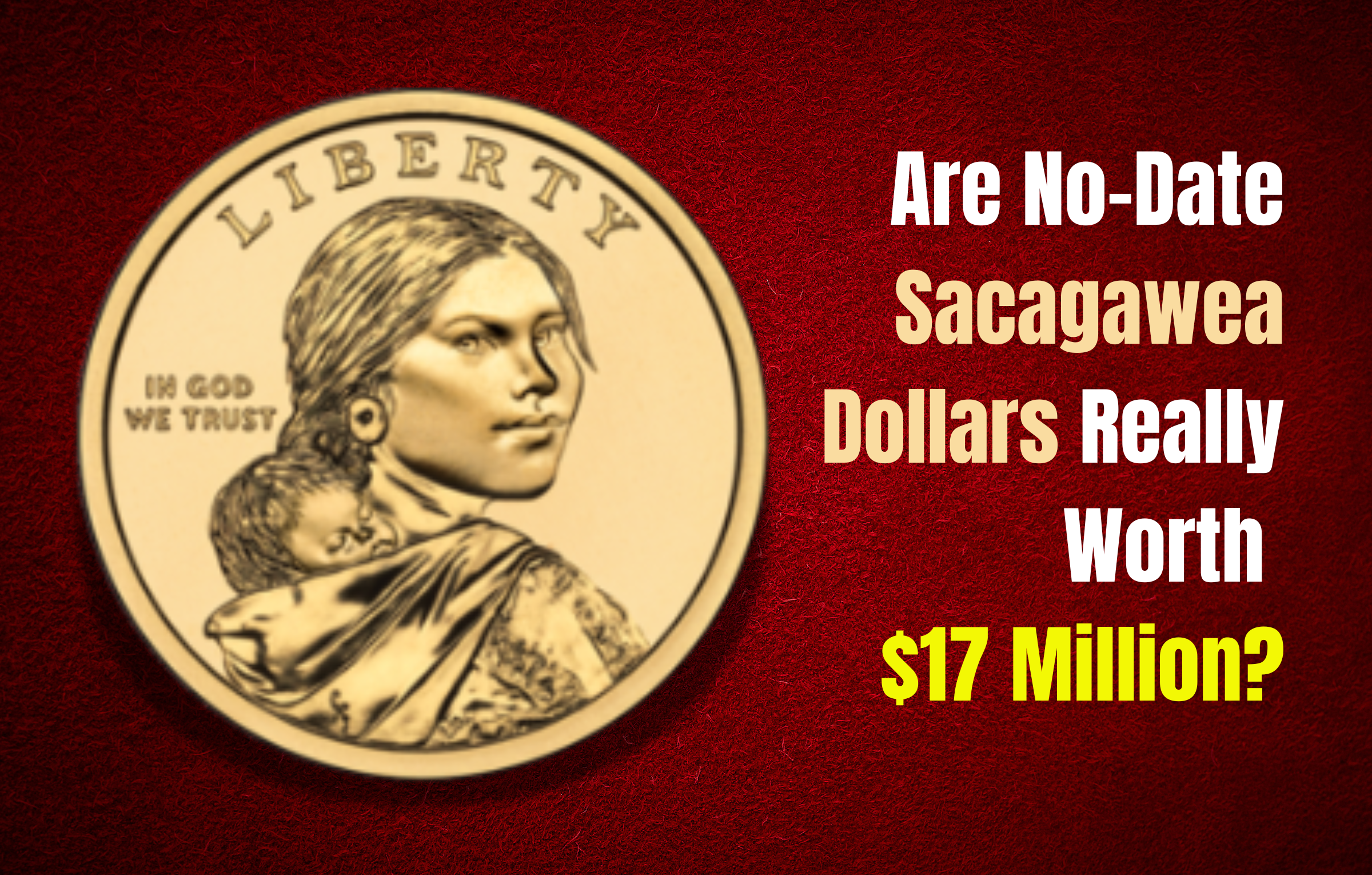What is a “No Date” Sacagawea Dollar?
First, it’s important to understand what “no date” might mean in the context of Sacagawea / Native American dollar coins:
- Edge Lettering / Edge Date
Starting in 2009, the U.S. Mint moved the date and mint mark from the coin’s face (obverse/reverse) to the edge of the coin. This means that for many newer Sacagawea / Native American dollars, the date isn’t on the front or back — it’s on the rim. Some people unfamiliar with that feature might call those “no date” coins, but they are not errors — they’re intentional design changes mandated by the Mint. - True “No Date” Errors
A true “no date” error would be a coin struck without any date at all, due to a die omission or manufacturing defect. Those are extremely rare for modern U.S. coins and would require careful authentication by major grading services (like PCGS or NGC).
So the notion of a “no date Sacagawea dollar” that commands a $17 million price is almost certainly conflating design changes (edge date) with mythical error coins.
What Rare Sacagawea Dollars Do Command High Prices

While $17 million is wildly inflated, there are well‑documented examples of Sacagawea dollar varieties and mint errors that collectors prize. Here are some of the real ones:
The 2000 Washington Quarter / Sacagawea Mule (Double‑Denomination Mule)
- This is one of the most famous Sacagawea error coins. It combines a Washington quarter obverse (front) with a Sacagawea dollar reverse (back), struck on a dollar coin planchet. It’s called a “mule” error because the coin was created by mismatching dies that were never meant to be paired.
- There are only about 11 or so confirmed specimens known to exist.
- Because of its extreme rarity and novelty, this mule error commands very high prices among collectors. (Though nowhere near $17 million in known auction records.)
Other Notable Sacagawea Varieties / Errors
- “Cheerios” Dollar (2000‑P with special tail feather detail) — a promotional issue included in Cheerios cereal boxes; it’s more rare than regular issue 2000‑P dollars and commands higher collector premiums.
- Wounded / Speared Eagle Varieties — these are caused by a die gouge through the eagle’s breast on the reverse. They’re recognized errors and have value above face, though modest compared to the mule.
- Wrong Planchet Strikes — there are reports (though fewer in number) of Sacagawea dollars struck on incorrect planchets (e.g. struck on quarter planchet) which may fetch tens to hundreds of thousands in rare cases.
For example, one Sacagawea dollar with a serious error was reported to fetch $2.1 million at a private auction in 2025 (for a rare mule error) — quite a large sum, but far less than $17 million.
Why the “$17 Million” Claim Fails

Here are critical reasons why the claim is almost certainly false or exaggerated:
- No auction record: There is no respected coin auction or grading service that lists a Sacagawea dollar (no‑date or otherwise) having sold for $17 million.
- Overhype and rumor: Coin and collectible marketplaces are rife with exaggerated listings or speculative “what if” claims. These often mix myth with fact.
- Physical feasibility: For a modern circulating dollar coin to achieve a $17 million valuation, it would need to combine extreme rarity, pristine grading condition, historic novelty, and strong provenance — none of which align with any known Sacagawea dollar.
- Misinterpretation of design changes: As mentioned, the date being on the edge (not the coin face) is an intentional post‑2009 design, not an omission error. Some people see a Sacagawea coin with no visible date and misinterpret it as “no date.”
- Confusion with other high‑value coins: Sometimes high prices paid for other rare coins (older U.S. gold pieces, historic rarities) get misattributed to modern Sacagawea dollars in tabloid or viral content.
Thus, while some Sacagawea errors are genuinely valuable, the notion of a “no date” one selling for $17 million is not supported by any credible numismatic authority.
What You Should Do If You Think You Found Something Rare
If you believe you have a “no date” Sacagawea coin or particularly unusual specimen, here’s a realistic approach:
- Don’t clean or alter it — even small scratches or chemical damage can kill its value.
- Check carefully — use magnification and measure diameter, weight, edge lettering. For post‑2009 dollars, the date may be on the rim.
- Consult experienced graders / numismatists — submit to PCGS, NGC, or a trusted coin grading service.
- Verify provenance — documentation, history of the coin’s custody, photographs.
- Check past auction records — see what comparable error Sacagawea coins have sold for.
- Manage expectations — even rare modern error coins often sell for high six or low seven figures, not multi‑million for every kind of variant.
Example: Real High‑Value Sacagawea Error Sales

To give perspective, here are a few real sales or valuations:
- A 2000 Sacagawea mule error was found in circulation and authenticated; those known fetch high premiums among serious collectors.
- In late 2025, a private sale of a mule variant reached $2.1 million — proving that modern error coins can indeed command multi‑million prices (for the very top specimens).
- There are anecdotal stories of “millions” in value for coins mistaken as tokens or misprints, but many are overstated or exaggerated in media reports.
These documented numbers are large, but still well short of $17 million — especially for a so‑called “no date” variant that hasn’t been validated.
Bottom Line: Fiction With a Kernel of Truth
- The claim “No Date Sacagawea Dollars Worth $17 Million” is fictional or exaggerated in its current form.
- However, rare Sacagawea minting errors (especially mule errors and wrong planchet strikes) are very real, and do fetch high sums in serious numismatic markets.
- If you find a Sacagawea coin that looks odd (no date on face, odd metal, mismatched design), have it examined by professionals. It might not be $17 million, but it could be something special.
FAQs
1. Is there a Sacagawea dollar coin worth $17 million?
No credible source confirms any Sacagawea dollar has sold for $17 million. That claim is likely fictional or exaggerated based on confusion with rare, but less valuable, coins.
2. What does “no date” Sacagawea dollar mean?
Most post-2009 Sacagawea dollars have the date on the edge, not the front or back. These are not errors, just a design change — often misinterpreted as “no date.”
3. Are true no-date Sacagawea dollars real error coins?
A genuine no-date error would be extremely rare and caused by minting defects. As of now, no such authenticated examples are confirmed or publicly known to exist.
